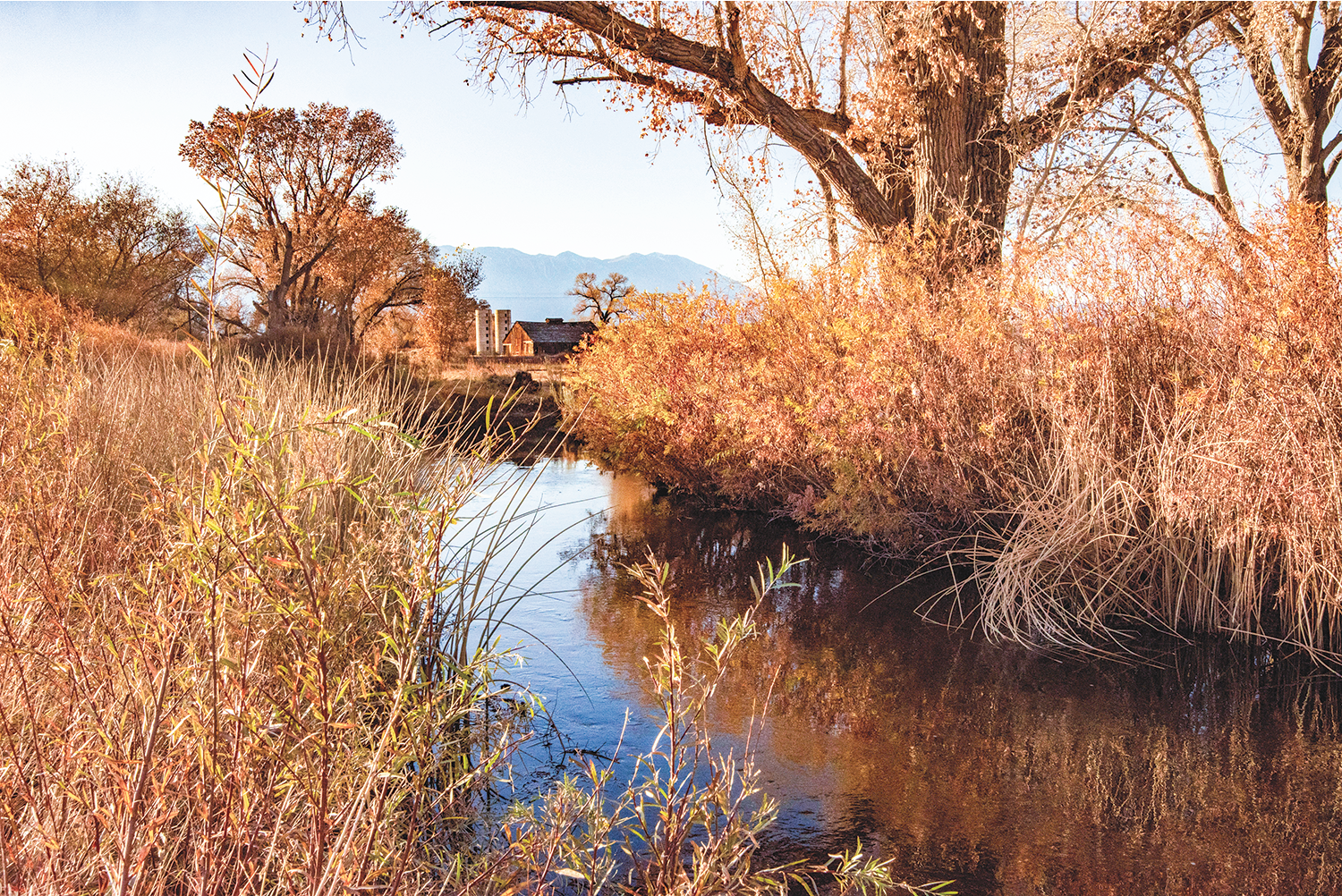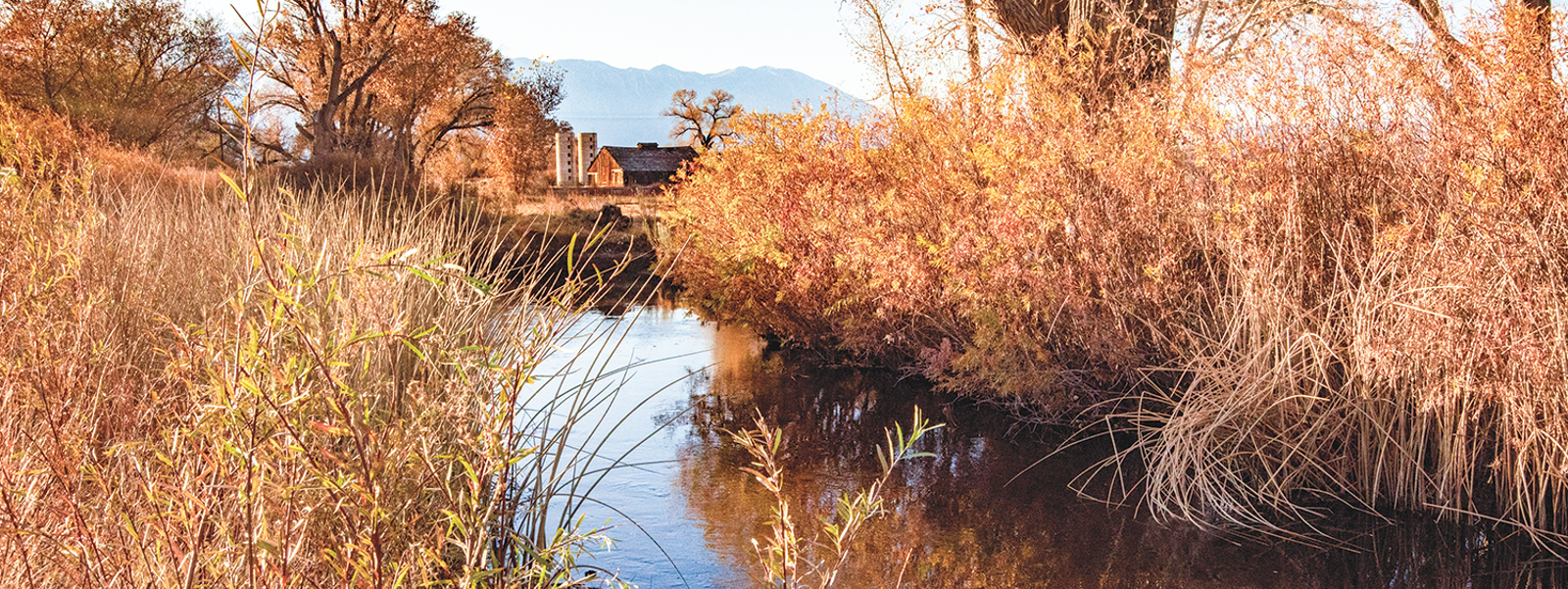Commentary: 'Waters of the U.S.' rule unworkable for family farms


The American Farm Bureau Federation says the U.S. Environmental Protection Agency’s new rule creates confusion about “navigable waters” and burdens farmers and private property owners.
By Zippy Duvall
Last month, the American Farm Bureau Federation filed a new lawsuit challenging the U.S. Environmental Protection Agency’s latest “waters of the United States” rule. We were joined by more than a dozen other organizations representing agriculture, infrastructure, manufacturing and housing.
Even though farmers and ranchers share the goal of protecting our nation’s waterways, they deserve better than this rule, which requires a team of lawyers and consultants just to identify “navigable waters” on their land.
The EPA’s new WOTUS rule is a giant step in the wrong direction. Instead of making federal regulations more clear, it reinstates confusing standards that have already caused decades of uncertainty. Most importantly, the rule gives the government sweeping authority over private lands.
We worked with the EPA’s staff and leaders while they were drafting the rule, hoping our input would make these regulations clear and fair. But we came away deeply disappointed in the outcome.
Of course, we would much rather sort out differences by working together to find solutions. Farm Bureau leaders and grassroots members came to the table, joining EPA roundtable hearings. I had conversations directly with EPA Administrator Michael Regan. Despite some helpful clarifications coming from those discussions, the new rule remains unworkable for America’s farm families.
Most importantly, EPA has doubled down on the old “significant nexus” test, which is every bit as vague as it sounds. It is not a useful standard for identifying “navigable waters.”
The Clean Water Act gives the government authority to regulate navigable waters—but the new rule reaches beyond. The EPA doubled down by expanding the significant nexus test, which comes down to a subjective determination of whether the federal government can regulate large areas of farmland miles from the nearest “navigable” water.
Farmers across the country are taking proactive steps to protect water on and around our farms. The 2020 Navigable Waters Protection Rule clarified what lands and waters were regulated and what was not. The definitions were easy to understand and allowed farmers, ranchers and other landowners to determine if they needed a federal permit to improve their land. But the new rule takes us backward.
Its overreach could subject farming activities such as moving dirt, plowing or building fences to require a federal permit. That means more paperwork, more delays and more lawyers. Instead of being treated as partners in protecting our nation’s water supply, the government wants to dictate what we can and can’t do on our farms.
On farms across America, we’ve increased practices that reduce soil erosion and keep nutrients in our fields. We’ve increased the use of cover crops and placed more than 140 million acres of land into voluntary conservation programs. We’ve installed buffer strips to filter water coming off our fields and installed protective zones and terraces—all to protect water quality for our families and yours.
We don’t set out for the courthouse. But sometimes we have to go there. Several WOTUS cases over the past several years show how litigation is an essential part of advancing Farm Bureau’s mission and farmers’ mission to fill America’s pantries.
In 2015, EPA replaced a decades-old, terribly flawed WOTUS rule with a new one that was even worse. The 2015 WOTUS rule was an enormous federal land grab that would prohibit many commonplace, beneficial farming activities. AFBF and an industry coalition, along with many state and county governments, challenged that rule in court—and we won. Courts blocked the 2015 rule in 28 states.
Our litigation wins against the 2015 rule helped persuade the EPA, under a new administration, to replace it with a more clear, workable WOTUS rule in 2020. But activists challenged the 2020 rule in court. So AFBF again led a litigation effort, this time defending the reasonable rule for which we had advocated.
Our legal efforts helped keep the rule in place for almost three years and, importantly, provided support for a similar rule in the future. But the legal battle was cut short after another change in administration.
This brings us to the present: another administration, another WOTUS rule and another round of litigation. It is not where we wanted to be but where we need to be under the circumstances. In our system of checks and balances, the courts are an indispensable check on unlawful agency actions. Litigation is slow, cumbersome, expensive and often uncertain. But it’s a tool we can use and a weapon we must guard against as we work for laws that protect the ability to farm.
We will continue to be present in every forum where issues vital to farmers and ranchers are decided, including the courts. That is because farmers—and all landowners—deserve better.
(Zippy Duvall is president of the American Farm Bureau Federation. This article was adapted from two recent commentaries on the WOTUS rule in his column, The Zipline.)




